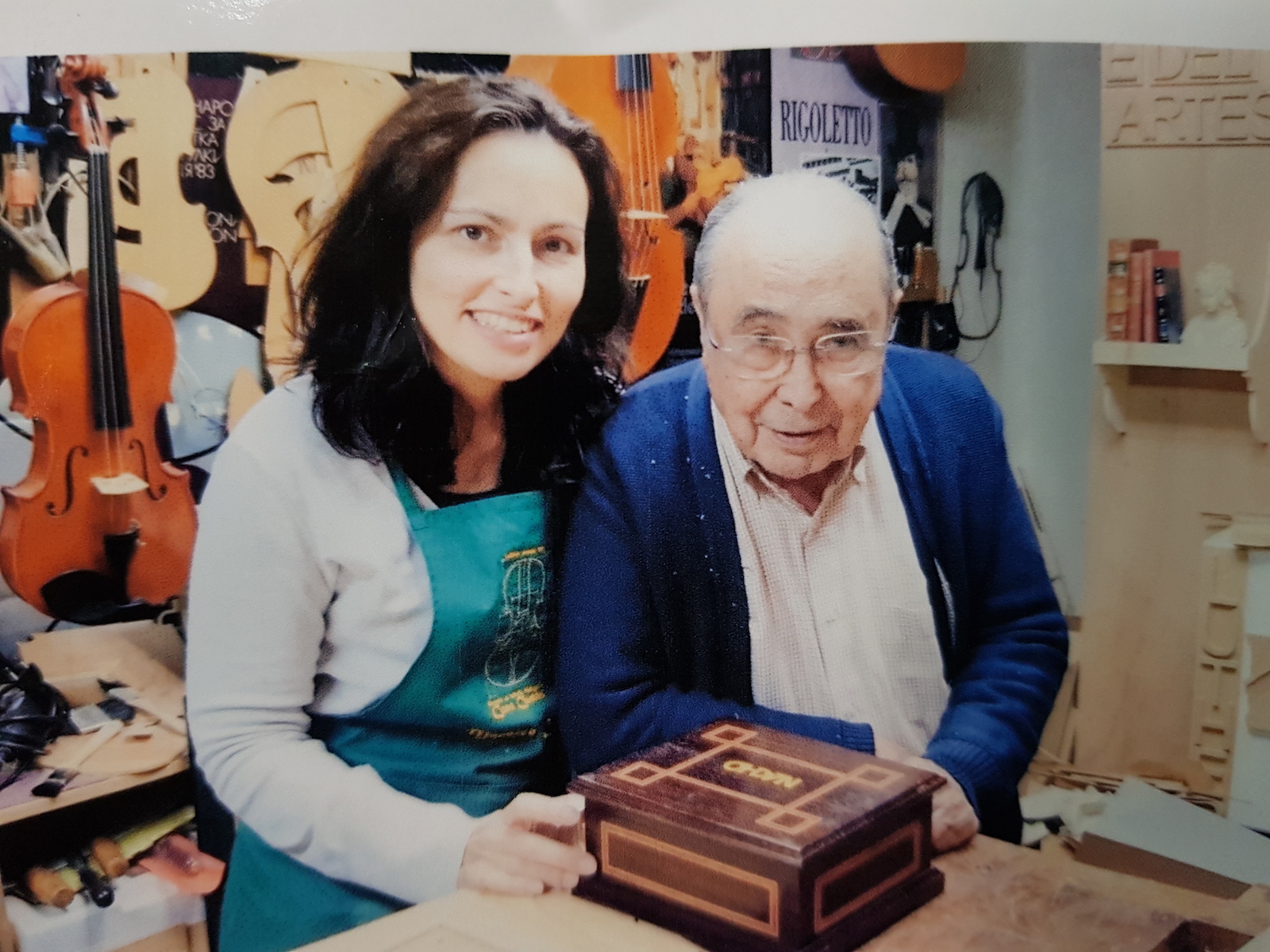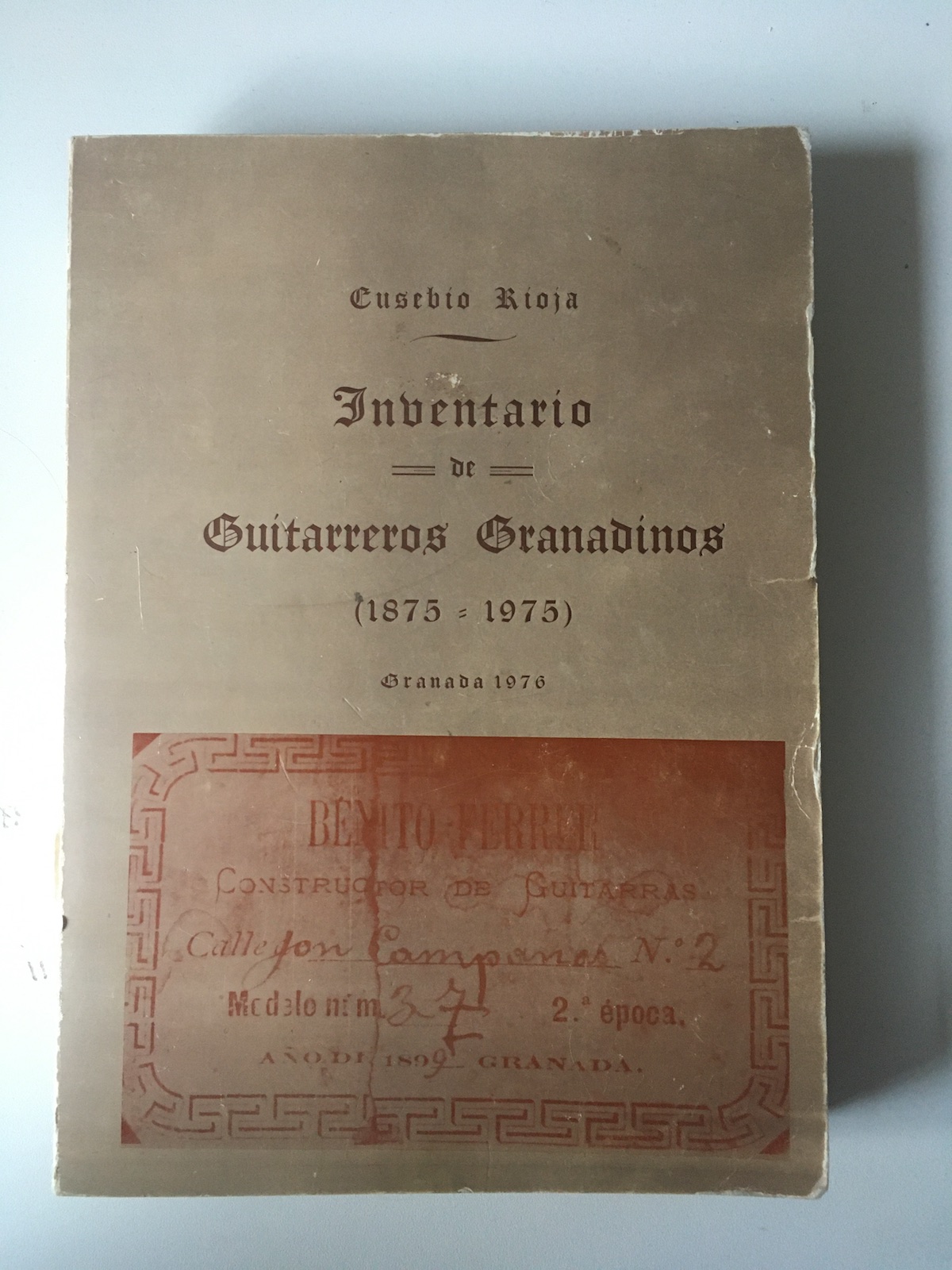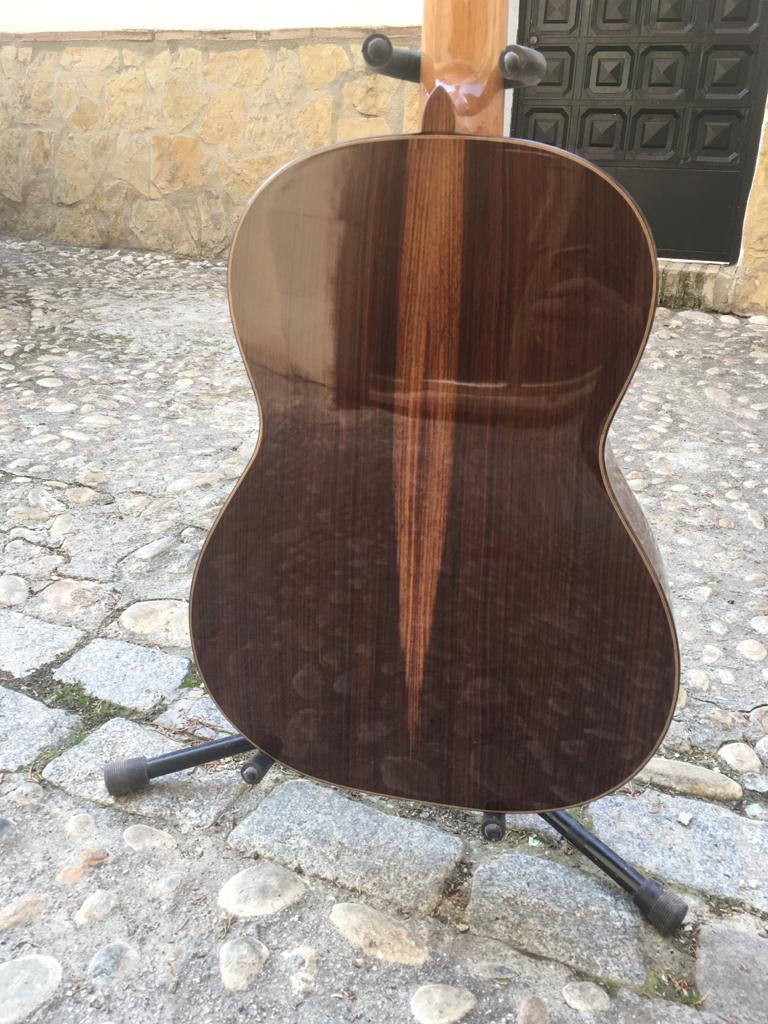I get a lot of email. I get messages from people who are interested in my guitars, I get people who want more information on something I have mentioned on my blog and I even get congratulations for my contributions. Some budding guitar-makers ask me technical questions and opinions on different approaches. There are those who ask me about Granada, the book I helped publish, and all sorts of questions about guitars in general and my guitars. I also get the odd person who asks me to recommend a guitar by another maker (what?) or writes trying to prove how much they know about guitars or guitar-making. Thankfully these last two categories come pretty few and far between. Mostly I am happy to answer questions that cannot be found easily online (although it does take more and more time from my work as more people get to know this blog). I got a question recently about humidity and it seemed like a good topic for a post.
The question is: Why is the guitarist encouraged to humidify his guitar after the guitar-maker spends 10 to 20 years drying the wood before using it?
When a tree is cut it will have a high humidity reading (yes, you can test it). The humidity will drop over a relatively short period of time but it can warp or crack and care must be taken. Once the wood loses what we call free humidity it will take on and release humidity along with the changes in the surrounding air albeit more slowly than the air. You humidify guitars because you don’t want big swings of humidity causing your guitar to crack and/or because it is very dry in your house. The reader wanted to know if he should be humidifying his guitar. The answer is only yes if the environment where you keep your guitar is too dry or if the guitar is subjected to big swings in humidity. Ideally the guitar should be in at least as humid an environment as that in which it was built. Too much humidity will make a guitar sound a bit dead but to do any damage you have to be in a very high humidity environment.
So what happens to wood after 20 years that makes it so desirable to guitar-makers? Once the wood loses the free humidity if properly stored it will start to lose the moisture trapped in the cells and the resins. Over years it becomes lighter and more resonant as this crystallisation occurs. Spruce needs 5 or 6 years and cedar tops less. Rosewoods 10 years and ebony 15. Honduras cedar for necks should have 5 years as well although a bit of extra time because of the larger dimensions is good. There is really nothing better about 30-year-old wood unless it is a cut or species which is no longer available. It is used as a selling point because some people can’t seem to resist the romance of old things and the myths which are so common in this business.





